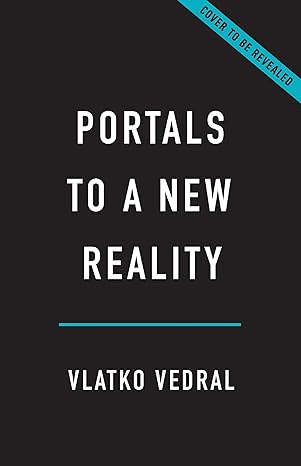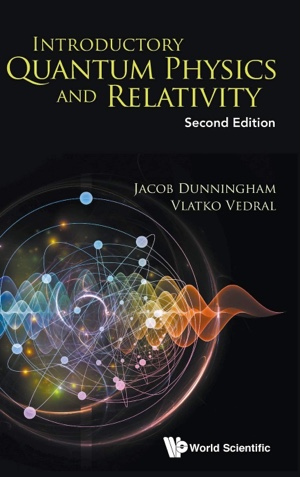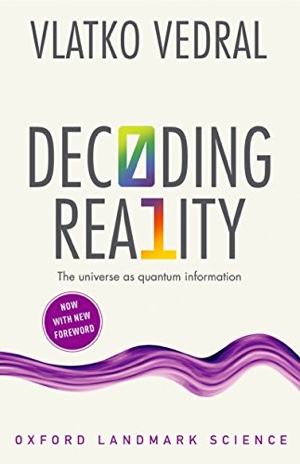How can we understand quantum reality if it is impossible to measure?
ORIGINALLY PUBLISHED IN NEW SCIENTIST
If we can’t measure something, we can’t know its true nature. This fundamental limitation hampers our understanding of the quantum world – but it doesn’t preclude scientific thinking.
Most of us intuitively feel that reality ought to exist just fine on its own when we aren’t looking. If a tree falls in a forest when no one is around to hear the crash, the air still vibrates with sound waves, right? Yet it is a tricky proposition to prove and one that gets more slippery when you consider things that seem to exist, but that we will never be able to observe. Grappling with the question of how to measure the immeasurable can, however, help us see what reality is truly like.
There are a few realms where the laws of nature themselves forbid us from treading. Nothing can travel faster than the speed of light, which means we will never see beyond the edge of the observable universe – the maximum distance that light can have traversed to reach our telescopes since the beginning of the universe. General relativity rules that nothing within a black hole can escape, so that is another no-go zone (see “What is inside a black hole?”).
But perhaps the most fundamental limit to what we can measure comes from the laws of quantum physics. These tell us that if we measure some property of a quantum particle today, it …
CONTINUE READING AT NEW SCIENTIST
Sign up to my substack
BOOKS
ASK ME ANYTHING!
If you'd like to ask me a question or discuss my research then please get in touch.






